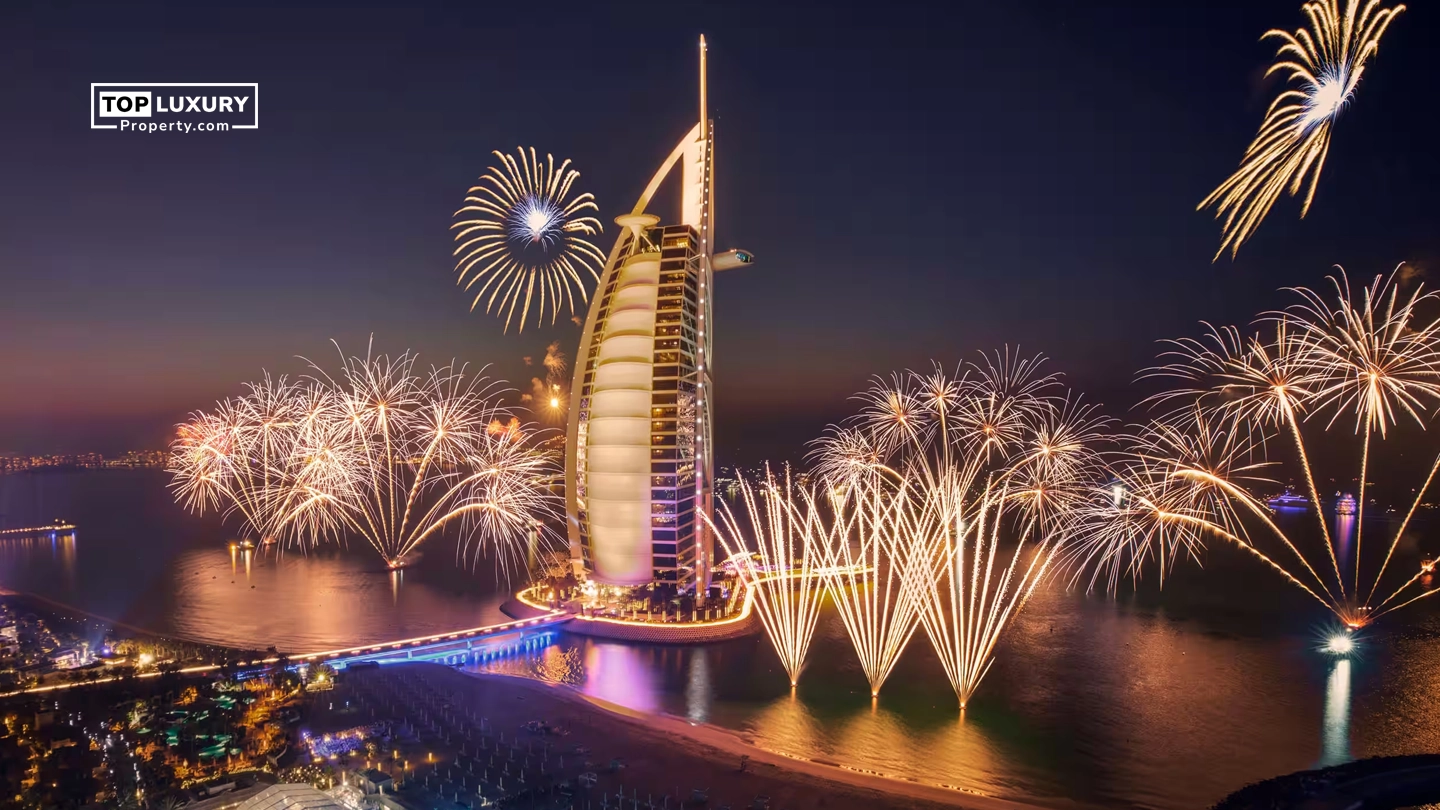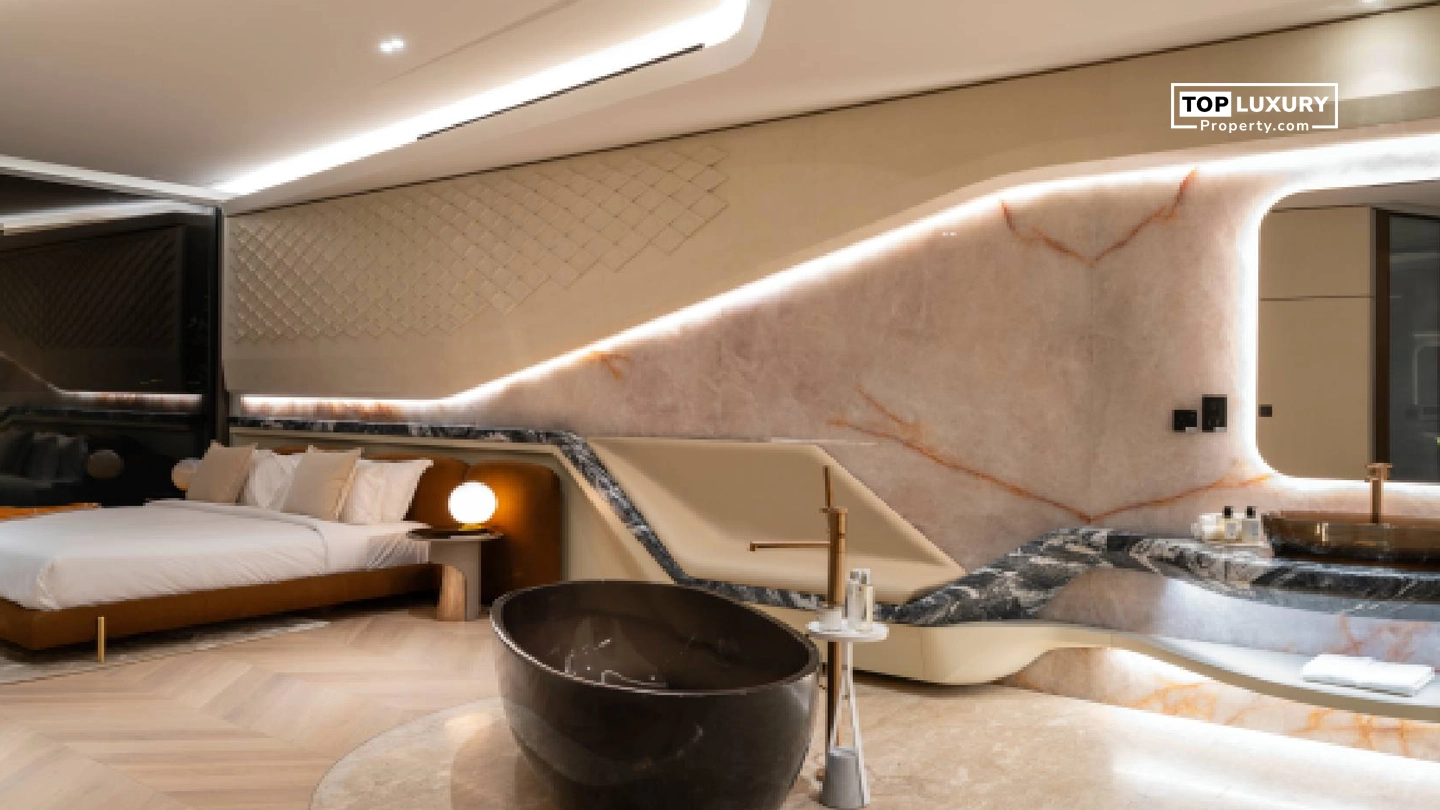The Rising Value of Proximity to Nature

As cities grow, proximity to protected natural assets is becoming the new gold standard of high-end real estate. Buyers and investors are looking for areas that offer urban convenience and natural serenity. Parks, reserves and sanctuaries are no longer the icing on the cake – they are the cake.
Protected areas like Ras Al Khor Wildlife Sanctuary are part of this shift. These ecosystems do more than conserve biodiversity – they increase the value, price and long term sustainability of a property. As Dubai’s population grows, environmental preservation is becoming a real estate strategy.
Sustainable Luxury: Nature + High-End Living

Globally, eco-friendly property means luxury. From Singapore to Abu Dhabi, high-end buyers are looking for nature-incorporated properties. This trend is also noticeable in Dubai. Developers are integrating biophilic design – natural light, green corridors and native landscaping – into luxury communities.
Projects like MANSORY Residences in Ras Al Khor are following this philosophy. You can find elevated terraces, landscaping, and proximity to wetlands. These natural elements not only reduce environmental impact but also add value. Here, green real estate trends are setting a new benchmark for living well.
Economic and Lifestyle Benefits of Protected Natural Areas

Living close to nature isn’t just about lifestyle – it’s a financial plus. Research shows properties near parks and green areas sell for 5 - 20% more. In Dubai, spots close to Ras Al Khor will see more buyers soon as new builds match up with efforts to protect nature.
These areas give you more than just views. They clean the air, cut down noise, and give you places to have fun. Bringing nature into homes and workplaces helps people stay healthier, get more done, and feel happier. This means homes keep their value better, lose less worth over time, and bring in steady rent money.
Why Protected Natural Assets Drive High-End Real Estate

- Desirability and Pricing Impact: Proximity to protected areas increases aesthetics, health benefits and lifestyle appeal – all key drivers of high-end real estate.
- Exclusivity: Limited supply near conserved land creates exclusivity – attracting premium buyers.
- Future-Proofing: Green certified developments offer resilience against climate-related risks and shifting buyer priorities.
Balancing Development and Conservation
Developers and investors can balance growth and preservation by:
- Respecting ecological buffers
- Using native and adaptive landscaping* Designing around view corridors and natural sightlines
- Incorporating green infrastructure (like permeable pathways, water-saving systems)
This is what Amaal is doing. Their developments in Ras Al Khor are not in nature but of nature. As Chairman Abdulla Lahej says, “Nature is the anchor for community, identity and long term value”.
Conclusion: Green is the New Gold
Dubai is becoming the laboratory of how cities can combine growth with green. With the Dubai 2040 Urban Master Plan setting big targets – 60% of land for nature and rural zones and massive investment in green corridors and ecological sanctuaries – Dubai is future-proofing its real estate.
As the environment takes center stage in community planning, eco-conscious properties and green real estate trends point to a big change. Natural areas once seen as limits now drive the creation of upscale, sustainable, and tough developments.
Developers also note this point: work with nature, not against it. Investors and buyers hear an appealing pitch—enjoy life, make smart choices, and thrive alongside the environment.






_(2)_638647637563832478_820465_.webp)